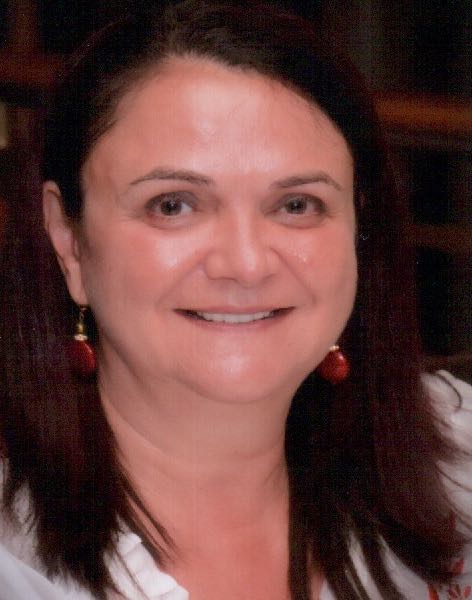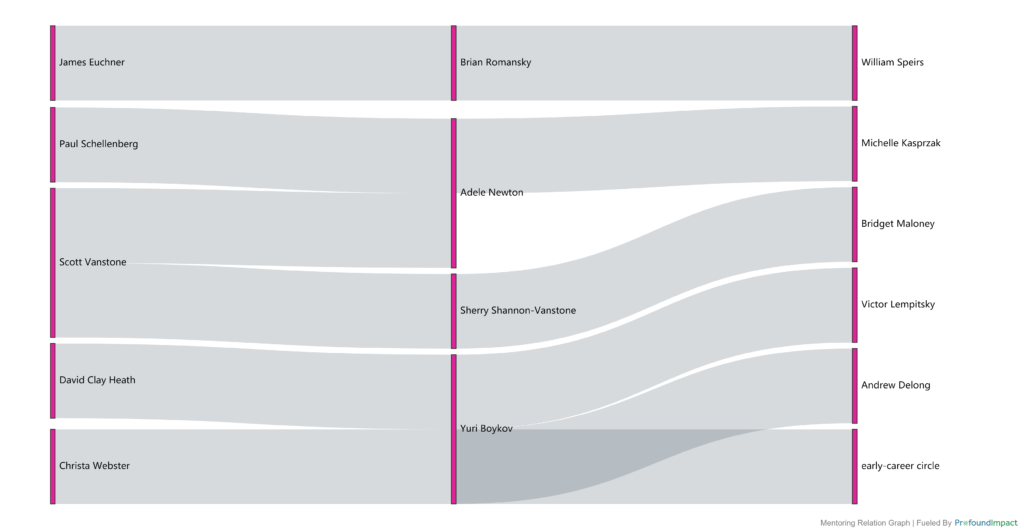Tomasz Bednarz


Director of Strategic Researcher Engagement
NVIDIA
Photography by Quentin Jones.
Tomasz Bednarz is passionate about connecting dots – whether between scientific concepts, across academic disciplines or to develop collaborations that bring people together to conduct ground-breaking research. “My team at NVIDIA actively engages with top researchers and premier research institutions that do compelling, computationally intense work to solve some of the world’s most challenging scientific problems,” says Tomasz.
Tomasz grew up in Bukowno, near Krakow in Poland, where he was enthusiastic about low-level mathematics and how computers worked. “My family wasn’t rich but did everything to support me in my education. It was very hard for them to get my first computer, a wonderful 8-bit Commodore C64. Very quickly, I started to be very interested in demos, graphics and how they were produced.” Tomasz became fascinated by the monthly Commodore 64 magazine C64+4 and the pages of hexadecimal numbers it contained and was wowed when he realized that he could enter those numbers into his computer to produce music or visuals.
When he was in his mid-teens, Tomasz’s parents replaced the Commodore 64 with an IBM PC XT 12MHz – which came without fancy software or graphics. “Then, I wanted to learn from the bottom up how the processor worked and how to use Assembly x86 to program it. I was very lucky to get a reference book on Assembly x86 from the local high school and thought the best way I could learn would be to write computer viruses.” He developed three viruses that spread across the globe, but all were harmless by design. “After 6 months, I really wanted to find something other than writing viruses to drive my further learning,” he says.
Tomasz (AKA Warlock of Amnesty / Absence) counts himself lucky to have been living in Europe at that time, where Demoscene, an international underground computer subculture focused on producing demos that are the product of extreme programming and self-expression, was being developed and used by coders and musicians. “Demoscene is now accepted by UNESCO as an intangible cultural heritage in several countries. At the time, in the early 1990’s, we were pushing the limits of creativity, using very, very slow computers to make inspiring visualizations synchronized with tracked music. All from scratch, with no books or internet to consult. By experimenting, I learned how to use lots of coding tricks to express myself visually – it was my very first school of life in aesthetics. I also learned how to build a Virtual Reality engine from scratch.” A few examples of Tomasz’s Demoscene award-winning coding works are Revolt from 1995, Voodka from 1996, Nie! from 1998, Syndrom-X from 1998 and his ACM SIGGRAPH blog post on Demoscene.
At the time, Demoscene participants used floppy disks to record code to exchange with fellow users across Europe. “At one point, I got into trouble with the post office when I started receiving 20 fat envelopes every day, each containing floppy disks. They wondered what I was up to!”
Tomasz studied physics in university, at the AGH University of Science and Technology in Krakow, because he wanted to do something different than just basic computer science, and outside of his comfort zone. He had co-founded a software engineering company and was completing his Master’s degree when he received a call from his academic supervisor who was visiting Kyushu University in Japan, encouraging him to apply for entry to the PhD program there. “The only thing I knew about Japan was what I had learned about samurai from movies. But I decided to go outside of my comfort zone, completed the application, and was accepted,” Tomasz says.
Part of the application process was writing a proposal on what would be his PhD topic – magnetic hydrodynamics and using magnetic fields to play with gravity. “I knew almost nothing about this new topic but was very curious. I submitted the proposal and was accepted to the program with a scholarship. The call from my professor came in May and I was in Japan by September of that year,” he adds.
Tomasz believes that experimentation is an essential part of innovation. “Experiment to find your passion – it can transform your life,” he says. His academic and professional career paths reflect this view. He took a chance on moving to a country he knew little about to complete a PhD he hadn’t intended to pursue and followed up with an MBA in order to learn about leadership, strategy and how to manage people and organizations. Tomasz’s professional path has included working on the Nintendo NDS platform to develop low-level graphics code for a car racer game, leading a Visual/Hybrid Analytics Team at CSIRO’s Data61, and setting up and serving as Director and Head of Visualization at the Expanded Perception and Interaction Centre (EPICentre), a pioneering high-performance visualisation facility that boasted the highest resolution VR system in the world at ~120 Million pixels in 3D.
Tomasz has for many years served the international computer graphics community through his active participation as a volunteer with ACM SIGGRAPH, a global non-profit organization serving the evolution of computer graphics and interactive techniques. ACM SIGGRAPH, among other professional activities, produces two annual conferences that are world’s largest, most influential annual meetings and exhibitions in computer graphics and interactive techniques. Tomasz was ACM SIGGRAPH Asia 2019 Conference Chair when the conference was held for the very first time in Brisbane, Australia and attracted 5,120 participants from around the world. He currently serves as a SIGGRAPH Asia Conference Advisory Group (SACAG) Chair, contributing to the future of SIGGRAPH Asia conferences and connecting the global research community, and is a voting director of the ACM SIGGRAPH Executive Committee. Over the last ten years, his volunteer roles within the organization have included Computer Animation Festival Jury member, Courses Chair, Virtual Augmented and Mixed Reality Jury, Frontiers Chair, reviewer, and conference panelist and presenter.
“I am very passionate about the role I’m in now. I love working at NVIDIA which is known to drive the graphics industry, AI, and many innovative research and applications,” says Tomasz. His role in building a team of researcher DevRels from a range of disciplines to work with top researchers around the world connects all the dots of his academic career and team-building experience. “Our team has deep conversations about science with researchers to learn about what they’re working on and about long-term trends. We want research labs to be successful and we can contribute to their success by mentoring graduate students and post-docs and helping researchers to take their research to the next level by using NVIDIA-developed technology, tools, and hardware,” he adds.
“My academic focus and my career have been all about connecting dots that were not previously connected,” says Tomasz. His work at NVIDIA, working with people from around the world with expertise in a range of disciplines, is helping to discover the new research superstars, the innovations they are building, and is developing a network of networks that will truly drive innovation to the next level.




